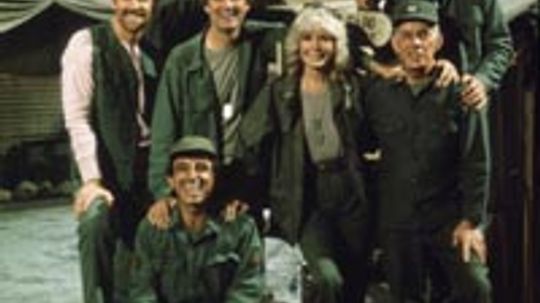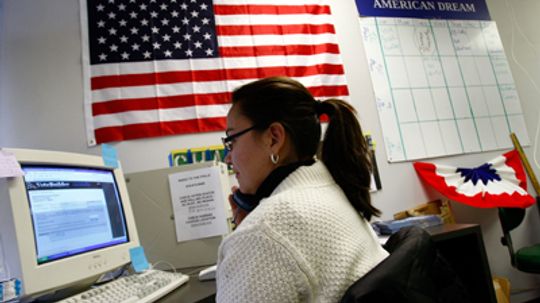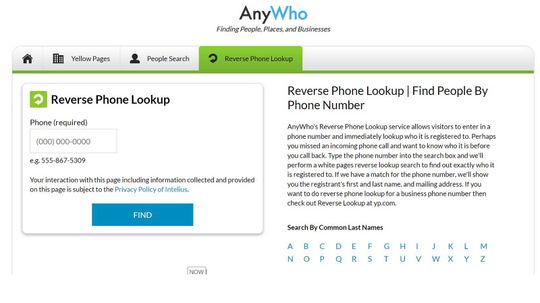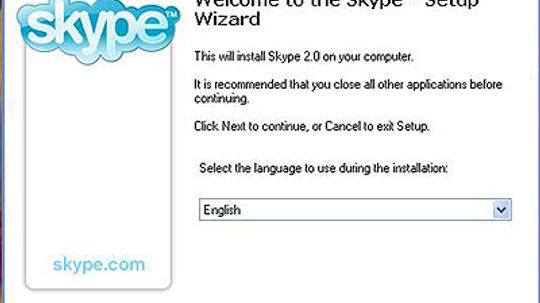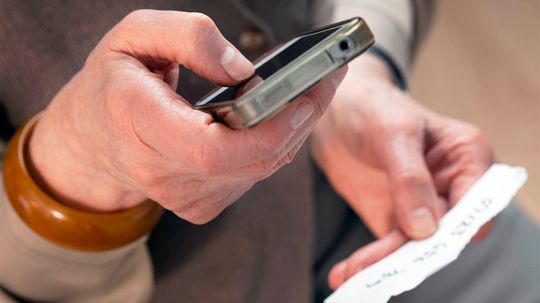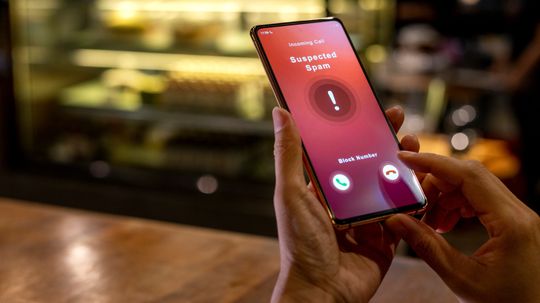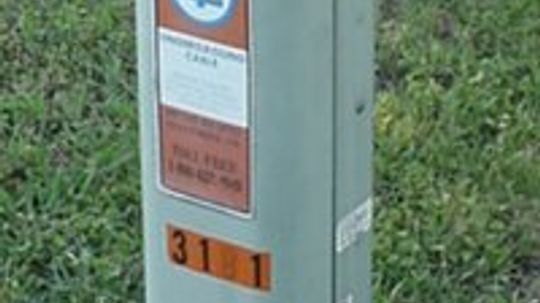Telephone Technology
We'll look at the different telephone technologies that enable us to easily communicate. Learn about Skype and Vonage, caller ID, fiber optics and more.
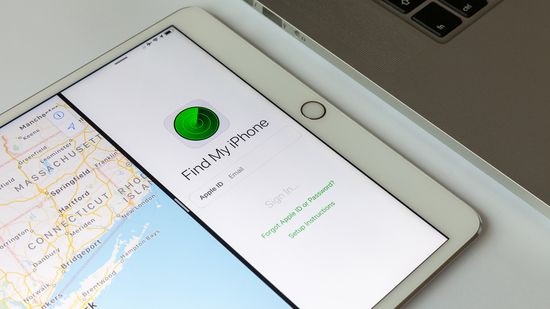
How to Track a Phone When It's Lost or Stolen

What Is a Burner Phone and Are They Really Untraceable?
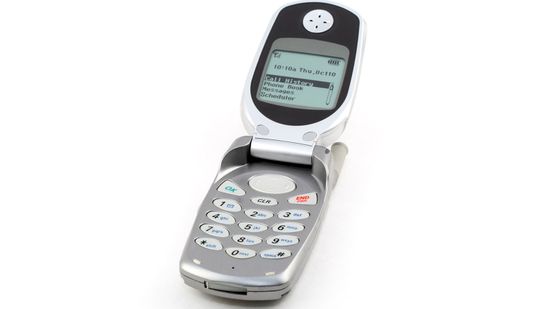
Gen Z Is Ditching Smartphones for 'Vintage' Flip Phones
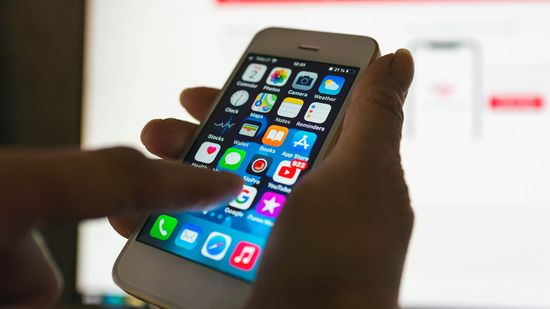
How to Hide Apps on Your iPhone

6 Road Trip Apps You Need Before You Leave

You Track the Weather. Does Your Weather App Track You Back?
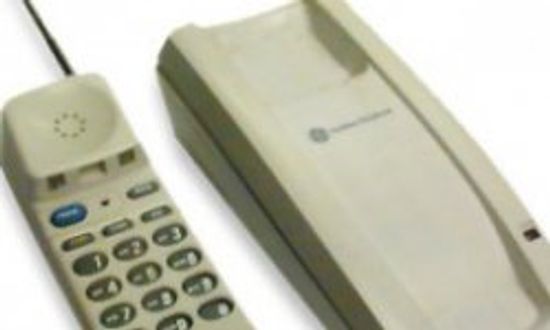
Inside a Cordless Telephone
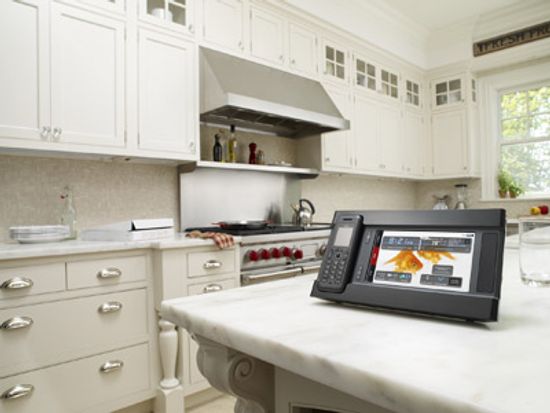
How the Verizon Hub Works
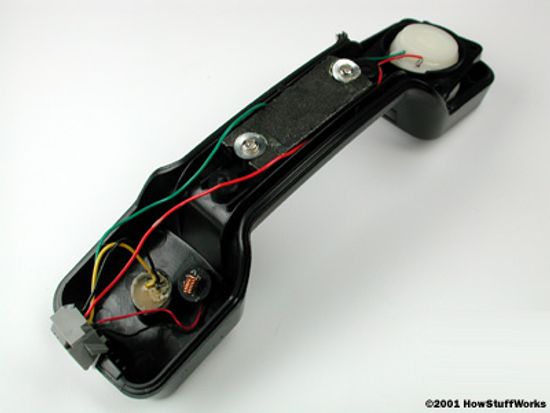
How To Tell if Your Phone Is Tapped

LTE Meaning: Understanding the Cell Phone Technology

What the End of 3G Service Means to You
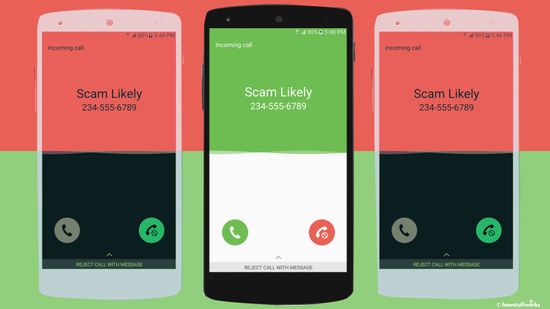
How Does My Phone Company Know a Call Is From a Scammer?
Learn More / Page 2
ILECs are local U.S. telephone companies that were involved in the 1980's breakup of AT&T. Learn more about ILECs in this article.
By Dave Roos
Ever wonder how a toll-free call works? Toll-free numbers are free for callers, making them ideal for businesses. Learn how toll-free numbers work in this article!
By David Baez
You may have experienced automatic dialing from telemarkers. However, automatic dailers are a large part of the telecommunications industry. See some of the lesser known and beneficial uses of automatic dialers.
By Dave Roos
Advertisement
IVR, or interactive voice response, is a new technology that many of us use everyday. Learn more about IVR in this article.
By Dave Roos
Telephone country codes make it easy to call another country. Learn more about telephone country codes in this article.
By Dave Roos
Is a random number you don't know blowing up your phone? Try reverse phone lookup and maybe you can solve the mystery of who it belongs to.
Voicemail is a growing necessity in both homes and businesses. Learn more about how voicemail works in this article.
By Tim Crosby
Advertisement
Making international calls can be confusing if you don't have the right information. Learn about making international calls in this article.
By Dave Roos
Currently, there are several VoIP services on the market -- the two most well-known ones are Skype and Vonage. Although they both use VoIP technology, they're quite actually quite different from each another.
The phone number you use to call another person is basically an address, similar to the street address of your home. Have you ever wondered what all those numbers mean?
It's one of those seemingly-unexplainable lapses in logic -- Why do these two digit-based devices order their number keys in exactly opposite ways?
Advertisement
How does caller ID work on a telephone? It turns out that the process of making the caller ID display possible is remarkably simple at your end of the line.
Over the last 20 years or so, fiber optic lines have taken over and transformed the long distance telephone industry. Optical fibers are also a huge part of making the Internet available around the world.
If you have underground phone wiring in your neighborhood, rather than pole wiring, you will frequently see these little boxes all over your neighborhood -- one for every two or three houses or so.
One of the relative miracles of modern times is the reliability of the phone system. The power goes out fairly often for most people, but your telephone is always working (as long as you pay the bill). Why is that?
Advertisement
When you make a long-distance call, there is an amazing amount of technology working to make your call happen. To understand the computerized systems used today, it's helpful to go back in time and look at how long-distance calls were first routed.
